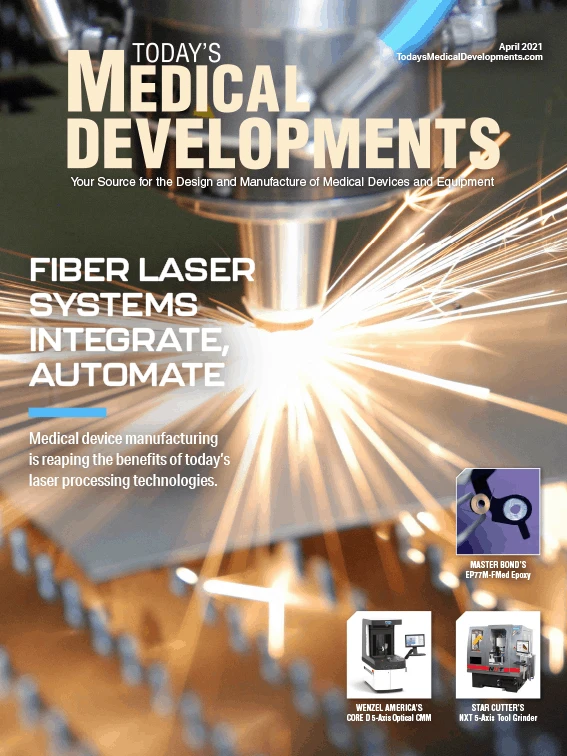
It’s a device literally taken from the dystopian sci-fi classic The Matrix – technology that converts body heat into electricity to power machines. Though in this case, those machines will promote health and power medical devices, not enslave humanity (hopefully).
The device is stretchy enough that you can wear it like a ring, a bracelet, or any other accessory that touches your skin. It also taps into a person’s natural heat – employing thermoelectric generators to convert the body’s internal temperature into electricity.
“In the future, we want to power your wearable electronics without having to include a battery,” says Jianliang Xiao, an associate professor in the Paul M. Rady Department of Mechanical Engineering at the University of Colorado Boulder and senior author of the paper describing technology in the journal Science Advances.
The devices can generate about 1V of energy for every square centimeter of skin space – less voltage per area than most existing batteries provide but still enough to power electronics such as watches or fitness trackers.
Scientists have experimented with similar thermoelectric wearable devices, but Xiao’s is stretchy, can heal itself when damaged, and is fully recyclable – making it a cleaner alternative to traditional electronics.
“The nice thing about our thermoelectric device is that you can wear it, and it provides you with constant power,” Xiao says.
High-tech bling
This innovation begins with a base made from stretchy polyimine material embedded with a series of thin thermoelectric chips that are connected with liquid metal wires. The final product looks like a cross between a plastic bracelet and a miniature computer motherboard.
“Our design makes the whole system stretchable without introducing much strain to the thermoelectric material, which can be really brittle,” Xiao says. And, the device functions as “thermo-electric generators are in close contact with the body and use the heat that would normally be dissipated into the environment.”
Resilient building blocks
Xiao notes that power can be easily boosted by adding in more blocks of generators.“What I can do is combine these smaller units to get a bigger unit,” he says, which “gives you a lot of options for customization.”
Xiao and his colleagues calculated, for example, that a person taking a brisk walk could use a device the size of a typical sports wristband to generate about 5V of electricity – more than many watch batteries.
The devices are as resilient as biological tissue. If it tears, pinch together the broken ends, and they’ll seal back up in only a few minutes. Once users are done with the device, they can dunk it into a special solution that separates the electronic components and dissolves the polyimine base – so each ingredient can be reused.
While there are still kinks to work out in the design, Xiao thinks his group’s devices could appear on the market in five to 10 years.
University of Colorado Boulder
https://www.colorado.edu

Explore the April 2021 Issue
Check out more from this issue and find your next story to read.
Latest from Today's Medical Developments
- IMTS 2026 runs Sept. 14-19 at McCormick Place in Chicago, Illinois
- Master Bond’s MasterSil 800Med
- ZEISS celebrates 100 years of advancing innovation in the US
- Teleflex sells acute care and urology businesses for $2.03 billion
- HANNOVER MESSE: Where research and manufacturing meet
- What’s next for the design and manufacturing industry in 2026?
- Arcline to sell Medical Manufacturing Technologies to Perimeter Solutions
- Decline in German machine tool orders bottoming out





